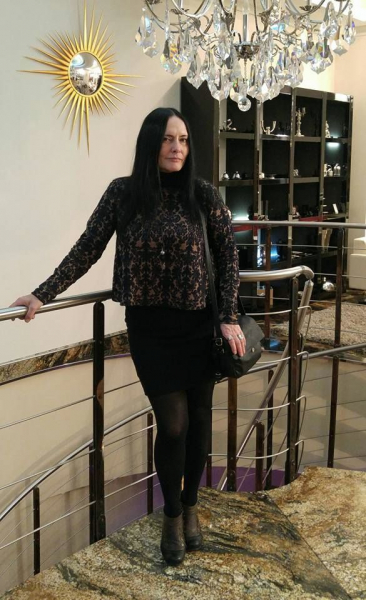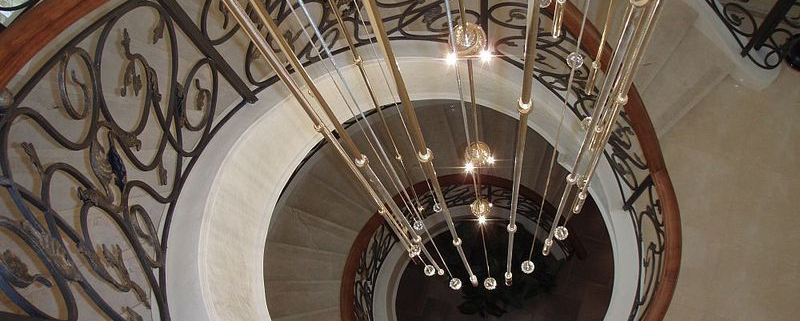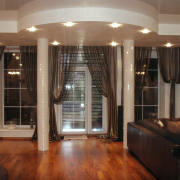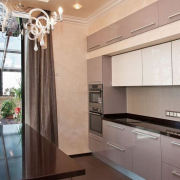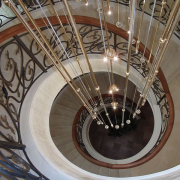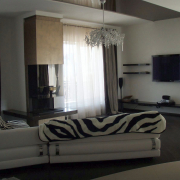Why do we need mirrors
Despite the fact that in most cases we use mirrors for personal hygiene, architecture and decoration, mirrors are also used for scientific purposes, such as lasers, telescopes, industrial equipment and cameras. Mirrors come in various styles, but they are united by a non-specialized definition: an object with a single reflecting surface.
Using a mirror for medical purposes
Mirrors occupy an important place in medical, dental and surgical equipment. In physical therapy, mirrors are an essential element for the patient’s recovery, because they provide exercises and visual assessment for posture correction. The development is developing in the use of a two-sided mirror to identify and monitor patients with extremely important indicators. Dental equipment depends on the use of hand-held and hands-free mirrors to view the most difficult areas of the mouth.
Scientific applications
Mirrors are installed in a variety of experimental equipment; for example, microscopes and telescopes that work on the ability of mirrors to reflect light. The mirror can reflect lasers near the corners to turn on the image processing device for shooting out of line of sight.
Application of the safety mirror
Mirrors quite often appear in industrial installations in order to continue direct visibility near corners, in order to avoid accidents between equipment and workers, in forklifts, operators use mirrors therefore for this purpose. Transport safety also depends on side-view mirrors, which help drivers avoid potential hazards, such as a collision with a vehicle or second objects.
